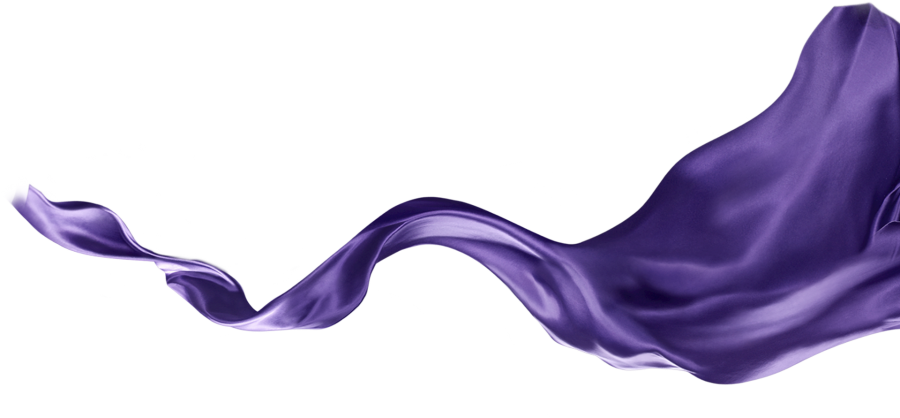If you don’t have allergies, consider yourself lucky — you’ve got life easy! But if you’re one of more than 20 million Americans who suffer daily, then listen up: making the switch to hypoallergenic fabrics just might change your life.

What’s the Big Deal?
Fabric is fabric, right? Wrong. Hypoallergenic fabrics are tighter woven than other fabrics, so they don’t trap as many allergens as other types of bedding. They’re also made of natural fibers. Aside from generally being more ethically made than their synthetic counterparts, natural fibers tend to be more resistant to saliva and sweat and can be washed at higher temperatures, making them infinitely more hygenic. Most importantly, they repel dust mites — or rather, dust mite poo, dried out and floating on the air that you breathe. Lovely, right. Dust mites are one of the most common allergy triggers in bedrooms, as well as a common trigger for asthma.
Silk
Many people avoid silk because it is perceived as a “luxury” fabric. There is something to that — after all, it’s super soft and…well…silky! But it’s also an excellent investment. Silk is 100% dust mite resistant, keeps you cool in summer and warm in winter, and better yet, it’s naturally strong, so it’ll last a long time. And because silk is so smooth, it doesn’t irritate sensitive skin. For sufferers of eczema and psoriasis, this can be a lifesaver. Use it for sheets, pillowcases, pajamas, and anywhere else you can think of.
Sheepskin
If you’re allergic to wool, skip this paragraph. I’m afraid sheepskin won’t be able to help you. But if you’re not, sheepskin is a less scratchy/potentially irritating alternative to wool as a hypoallergenic fabric. It’s warm, dust mite repellant, antibacterial, and wonderfully breathable. It’s also crazy absorbent — absorbing “up to 33% of its own weight in moisture without feeling wet” (Sheepskin Town). This absorbency helps prevent skin irritations like rashes, itchy skin, and eczema by reducing irritating moisture. Plus, the lanolin found in sheepskin helps keep your skin healthier. And contrary to popular belief, it is machine washable. Use it for mattress pads and rugs.
Linen/Flax
When you think of linen, comfort may be the last thing on your mind. But flax is rather comfortable, aside from being hypoallergenic and antibacterial. It’s also anti-static, which means that there’s no need for fabric softener or dryer sheets — another common bearer of allergens. It absorbs up to 20% moisture before feeling damp (Juliannarae), making linen sheets and clothing a great choice for the perpetually sweaty. It last a long time, too: linen is actually one of the world’s strongest fibers; it gets stronger when it’s wet, so you don’t have to worry about damage in the washer.
Cotton
Cotton is one of the most popular hypoallergenic fabrics, especially for use with babies. Certain 100% cotton blends can be just a soft as silk, and equally effective. It doesn’t irritate the skin if you suffer from eczema or psoriasis, and its breathability makes it comfortable for menopausal women experiencing hot flashes. Cotton is all around you, so look for organic cotton in sheets, clothes, tablecloths, furniture upholstery, pillows, etc.
Kicking Allergens to the Curb
Dehumidifiers, air purifiers, and steam cleaners for furniture upholstery are obvious household must-haves if you have allergies. But there are some sneakier culprits that you should also be aware of, like added chemicals (formaldehyde, para-phenylenediamine), synthetic dyes, latex, and spandex. When you’re out buying clothes, sheets, or other fabric items, look for these allergen signals:
- Wrinkle-resistant
- Permanent press
- Colorfast
- Stain-resistant
- Flame retardant
- Wash separately
All of these “benefits” actually mean extra chemicals have been added to the fabric, which only means more misery for you.
Be careful about what you wash your clothes with, too. Look for green, hypoallergenic laundry detergents, and avoid fabric softener and dryer sheets. If static or rough fabrics bother you, try these allergy-friendly tricks:
- Add baking soda in the washing machine
- Add vinegar in the washing machine
- Use a ball of aluminum foil in the dryer
- Keep synthetic fabrics out of the dryer
You’d be surprised by just how much cloth and fabric you are exposed to on a daily basis. If you suffer from allergies, surround yourself with as much hypoallergenic fabric as possible: sheets, blankets, pillowcases, mattress covers, clothes, tablecloths, curtains/drapes, upholstery, rugs, etc.



HypoB
I never realized how much chemicals were in everything, it so wonders many people have allergies. These are great tips I never thought of. I will revisit the satin sheets. Haven’t used them in a long time. Super, thanks